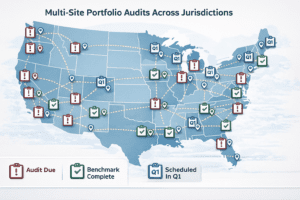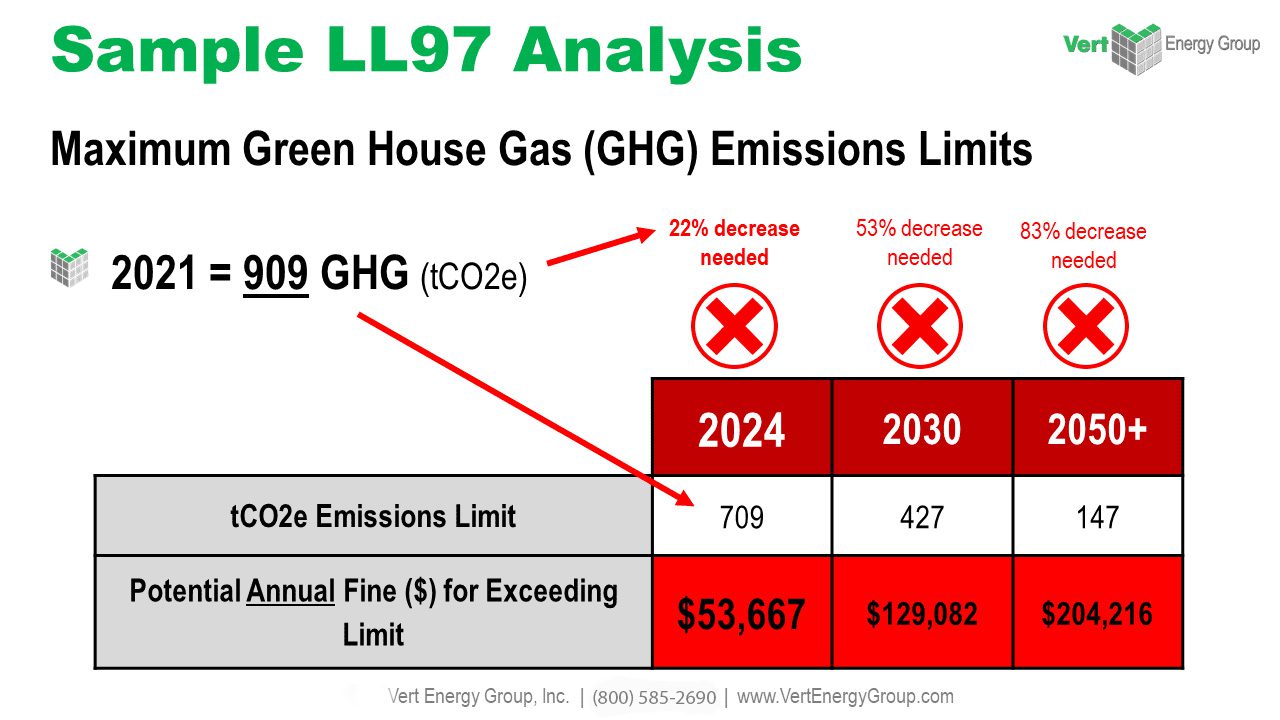Introduction
The Benchmarking Law is transforming the real estate landscape, pushing building owners into the spotlight of energy efficiency and environmental stewardship. This legislation is not just another regulatory hurdle but a pivotal change agent that offers a pathway to reduced operational costs, enhanced property values, and a fortified market position.
For property owners, the law mandates the tracking and reporting of energy usage, spurring a transparency that drives the industry toward more sustainable practices. This article aims to demystify the economic implications of the law, presenting how adherence can herald opportunities and challenges in equal measure.
Accompanied by an informative infographic, we embark on a journey through the intricacies of the Benchmarking Law, providing a primer for building owners to navigate and capitalize on this environmental imperative.
Understanding the Benchmarking Law
What It Is and Who It Affects
To the uninitiated, the benchmarking law might sound like just another piece of bureaucracy. However, it is a transformative policy aimed at driving energy transparency and efficiency in buildings—a goal that has far-reaching implications for the environment and the economy.
This law typically applies to commercial and multi-family buildings exceeding a certain size threshold. As such, it encompasses a vast segment of urban infrastructure, from towering office high-rises to residential complexes. All these structures come under the ambit of the law, making compliance a widespread obligation for many building owners.
How It Works in Practice
The benchmarking law operates on the principle of ‘what gets measured, gets managed.’ By requiring annual reporting of energy and water usage, it enables owners to make informed decisions about their properties. These reports are often made publicly available, fostering an environment of competition and transparency that propels the entire industry toward efficiency.
The practical steps involve gathering data on utility consumption, often through automated tracking systems that feed into benchmarking applications. This information is then contrasted with peer buildings to identify outliers and leaders in energy performance. It offers building owners a comparison chart where they can gauge their building’s performance and plan improvements accordingly.
III. Economic Opportunities
Energy Efficiency Improvements
The immediate benefit that springs from compliance is the potential for energy efficiency improvements. By analyzing the benchmark data, owners can pinpoint inefficiencies and implement targeted enhancements. The spectrum of improvements is broad, covering everything from installing LED lighting and advanced insulation to revamping the heating and cooling systems.
Potential Savings from Energy Efficiency
These enhancements, while requiring an initial outlay, can translate into significant savings. For instance, modern LED lighting consumes up to 80% less energy than traditional bulbs, while advanced HVAC systems can slice heating and cooling costs by a substantial margin.
Property Value Increases
But the implications of the benchmarking law extend beyond operational savings. There is a tangible impact on property value, too. Studies have consistently shown that buildings with high energy efficiency ratings fetch higher market prices and rental rates. This effect is amplified in regions where green certifications are highly valued.
Explanation of How Energy Efficient Buildings Can Command Higher Rents and Property Value
The mechanism behind this value uptick is multifaceted. On one hand, lower operating costs make a property more attractive to cost-conscious tenants. On the other, as environmental awareness escalates, tenants are increasingly willing to pay a premium for spaces that align with their sustainability values.
Enhanced Market Perception
The market perception of a building goes beyond its physical attributes to encompass its environmental impact. Building owners who embrace the spirit of the benchmarking law stand to benefit from the positive market perception associated with being leaders in sustainability. This enhanced perception can be a differentiating factor in a crowded market, attracting high-quality tenants and buyers.
Data on Recent Market Trends About Environment-Friendly Buildings
Recent market trends underscore a shift towards environment-friendly buildings. Data from real estate markets around the globe suggests a growing preference for green-certified buildings, as they are seen not just as structures but as statements of an entity’s commitment to the planet.
Government Incentives
Finally, the economic opportunities afforded by the benchmarking law are bolstered by government incentives. These can take the form of tax benefits, rebates, or direct funding for energy-efficient upgrades. Such incentives significantly lower the hurdle of initial investment, making it a lucrative proposition for forward-thinking building owners.
Explanation of How to Apply and Qualify for Such Incentives
Securing these incentives typically involves a process of certification and application. Owners must keep abreast of the specific requirements and deadlines pertinent to these incentives to take full advantage of the opportunities available.
Economic Challenges
While the benchmarking law brings a host of economic opportunities, it also presents several challenges that building owners must navigate.
Initial Investment Costs
One of the most significant hurdles is the initial cost of both the benchmarking process itself and the subsequent measures required to improve energy efficiency. Benchmarking might require investment in new metering technologies, software, and professional services, while energy improvements could involve substantial capital expenditures for retrofitting or replacing outdated systems.
To make these initial costs more palatable, it is essential to focus on the long-term savings and returns they will bring. However, finding the capital and managing cash flow during this initial phase can be challenging for building owners.
Operational Changes
The benchmarking law may prompt a need for changes to building operations and maintenance. For example, introducing new energy-efficient technologies can require staff training and updates to operational protocols. There may also be disruption as systems are upgraded or replaced, requiring careful management to minimize inconvenience to tenants.
Building owners and managers must develop a robust plan to manage these operational changes effectively. This may include staff training, revising standard operating procedures, and ensuring there is clear communication with tenants about the benefits these changes will bring.
Risk of Non-Compliance
The risk of non-compliance with the benchmarking law looms over owners who either inadvertently overlook the requirements or deliberately choose to ignore them. Penalties for non-compliance can be severe and include fines, public disclosure of non-compliance, and in some cases, restrictions on permitting for future building improvements or developments.
To mitigate these risks, building owners must establish strict internal protocols and perhaps even designate specific staff members to ensure ongoing compliance with the law’s requirements.
Market Risks
In a rapidly evolving real estate market, the risk of being left behind as tenant expectations change and industry trends shift is real. Tenants are increasingly knowledgeable about the benefits of energy efficiency and may seek out properties that embrace these values.
Staying ahead of market risks requires building owners to adopt a proactive approach. This includes staying informed about industry trends, understanding tenant preferences, and positioning the property as a leader in energy efficiency.
Strategies to Overcome Challenges

Though the challenges are real, they are not insurmountable. Building owners can adopt several strategies to navigate the challenges presented by the benchmarking law and turn potential obstacles into avenues for growth and competitive advantage.
Recommendations for Offsetting Initial Investment Costs
One way to offset the initial investment costs is through creative financing solutions such as Property Assessed Clean Energy (PACE) financing, energy service agreements (ESAs), or leveraging energy performance contracting (EPC). These mechanisms can defer, reduce, or eliminate the need for upfront capital, linking payment to the energy savings achieved.
Tips for Managing Operational Changes
Operational changes can be managed efficiently by investing in employee training and engagement programs that align staff with the new energy efficiency goals. Regular meetings and updates can help ensure that everyone understands the new procedures and the reasons behind them.
The use of automation and smart building technologies can also streamline operations, reducing the burden of change on staff and enhancing overall building performance.
Steps to Ensure Compliance with the Benchmarking Law
Building owners can ensure compliance by developing a compliance calendar with all the critical dates and requirements specified by the law. Regular internal audits and check-ins can help maintain focus and identify any areas of concern early on.
It’s also wise to engage with professionals who specialize in energy benchmarking and compliance to ensure that all aspects of the law are being met.
Advice for Staying Ahead of Market Risks and Trends
To stay ahead of market risks and trends, it’s important for building owners to continuously invest in their properties, seeking out new technologies and strategies to enhance efficiency and reduce environmental impact.
Participating in industry associations, attending seminars and workshops, and networking with peers can also provide valuable insights into emerging trends and best practices.
Conclusion
The Benchmarking Law signifies a compelling shift for building management, presenting both economic benefits and challenges. While it may pose hurdles such as initial costs and operational changes, the law also opens doors to long-term energy savings, property value enhancements, and a strengthened market reputation. For building owners, navigating the law’s requirements is not just about compliance but embracing an opportunity for sustainable growth. This moment calls for a proactive embrace of these changes, positioning properties at the forefront of a greener, more efficient future.
VertPro.com serves as a resourceful platform for property owners and managers seeking to enhance their buildings’ energy efficiency. The site offers a range of services, including Commercial Energy Audits, Benchmark Compliance consultancy, and a Construction Marketplace. At the heart of VertPro® is a suite of SaaS technology-based solutions designed to assist in navigating the complexities of Energy Benchmarking and Energy Audits/RCx Plus, while ensuring adherence to over 60 Energy Benchmarking and Energy Efficiency Laws across the country.
For those looking to improve their property’s energy usage and operational value, VertPro.com provides a diverse array of tools and information. The site aims to facilitate a better understanding of energy efficiency practices and legislation, helping building owners and property managers make informed decisions about their energy strategies while complying with all energy ordinances and laws.















